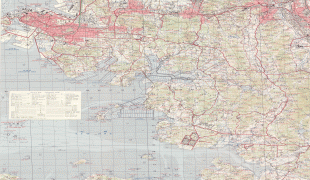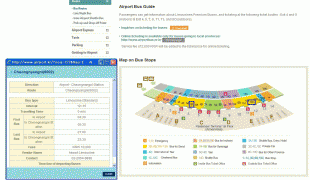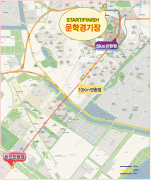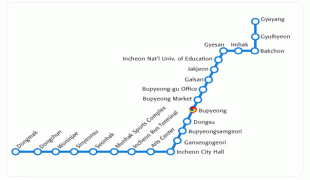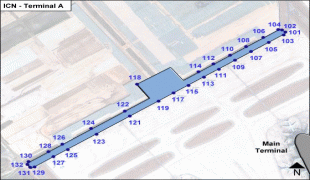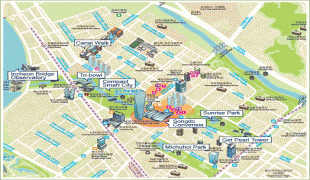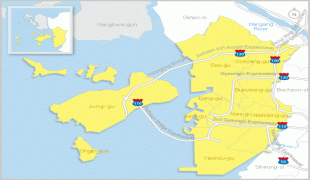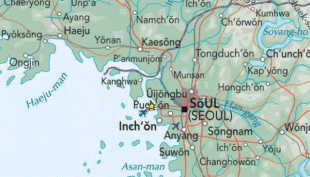Incheon
 |
 |
The city's growth has been assured in modern times with the development of its port due to its natural advantages as a coastal city and its proximity to the South Korean capital. It is part of the Seoul Capital Area, along with Seoul itself and Gyeonggi Province, forming the world's fourth-largest metropolitan area by population.
Incheon has since led the economic development of South Korea by opening its port to the outside world, ushering in the modernization of South Korea as a center of industrialization. In 2003, the city was designated as South Korea's first free economic zone. Since then, large local companies and global enterprises have increasingly invested in the Incheon Free Economic Zone, including Samsung which chose Songdo International City as its new investment destination for its bio industry.
As an international city, Incheon has held numerous large-scale international conferences, such as the Incheon Global Fair & Festival in 2009. The 17th Asian Games Incheon 2014 was also held in Incheon on 19 September 2014. Incheon has established itself as a major transportation hub in northeast Asia with the Incheon International Airport and Incheon Port.. The large volume of port traffic makes Incheon a Large-Port Metropolis using the Southampton System of Port-City classification.
The first historical record of the Incheon area dates back to 475 CE, during the reign of King Jangsu of Goguryeo, by the name of Michuhol, which is supposed to be located on today's Munhak Hill (문학산). The area underwent several name changes with successive kingdoms and dynasties. In Goryeo era, Incheon was called Gyeongwon (경원) or Inju (인주). The current name was turned to Incheon in 1413. Later, Incheon County became Incheon Metropolitan Prefecture (dohobu, 도호부). Old Incheon consisted of today's southern Incheon (i.e. Jung-gu, Dong-gu, Nam-gu, Yeonsu-gu, and Namdong-gu) and the northern part of Siheung City. The city center was Gwangyo-dong, where the prefecture office (도호부청사) and the local academy (hyanggyo, 향교) were located. The "original" two remaining buildings of the Incheon prefecture office are located in Munhak Elementary School, while the newly built (in 2001) prefecture office buildings are right across from Munhak Baseball Stadium.
Map - Incheon
Map
Country - South_Korea
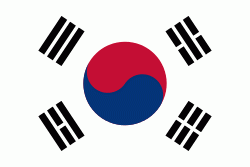 |
 |
| Flag of South Korea | |
The Korean Peninsula was inhabited as early as the Lower Paleolithic period. Its first kingdom was noted in Chinese records in the early 7th century BCE. Following the unification of the Three Kingdoms of Korea into Silla and Balhae in the late 7th century, Korea was ruled by the Goryeo dynasty (918–1392) and the Joseon dynasty (1392–1897). The succeeding Korean Empire (1897–1910) was annexed in 1910 into the Empire of Japan. Japanese rule ended following Japan's surrender in World War II, after which Korea was divided into two zones; a northern zone occupied by the Soviet Union and a southern zone occupied by the United States. After negotiations on reunification failed, the southern zone became the Republic of Korea in August 1948 while the northern zone became the communist Democratic People's Republic of Korea the following month.
Currency / Language
| ISO | Currency | Symbol | Significant figures |
|---|---|---|---|
| KRW | South Korean won | â‚© | 0 |
| ISO | Language |
|---|---|
| EN | English language |
| KO | Korean language |






